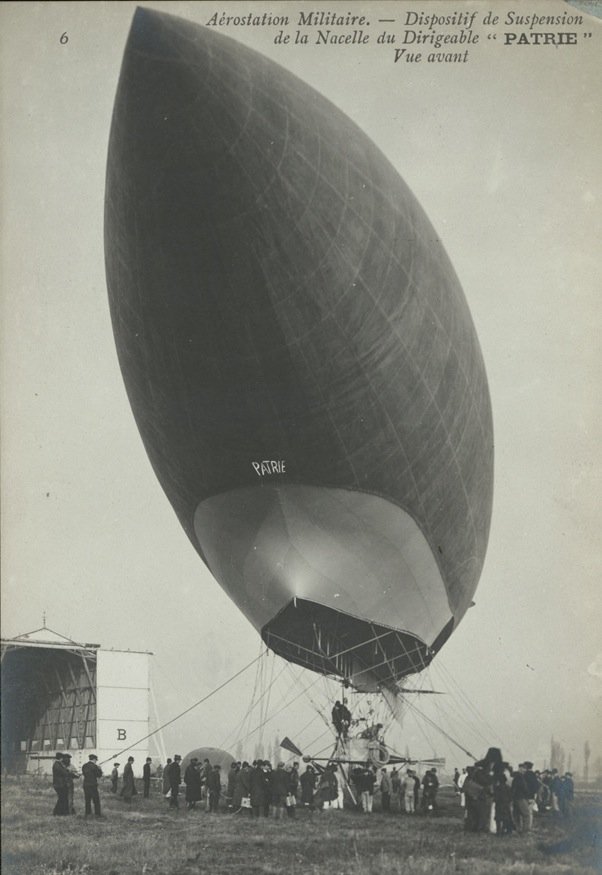(Nearly) all the bombs
There’s been a huge amount of interest on Twitter and in the media about the new Bomb Sight website, developed by the University of Portsmouth with assistance from the National Archives and elsewhere, and deservedly so because it’s fairly excellent. In short it’s an interactive map of the London Blitz compiled from a number of […]







